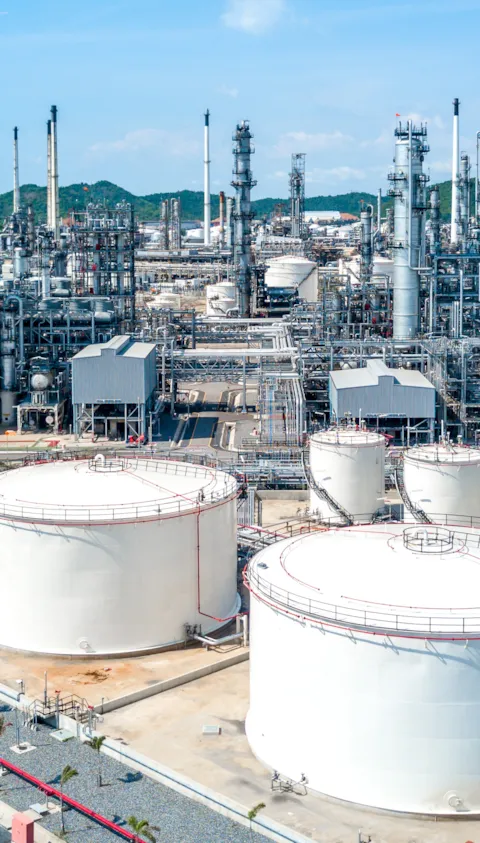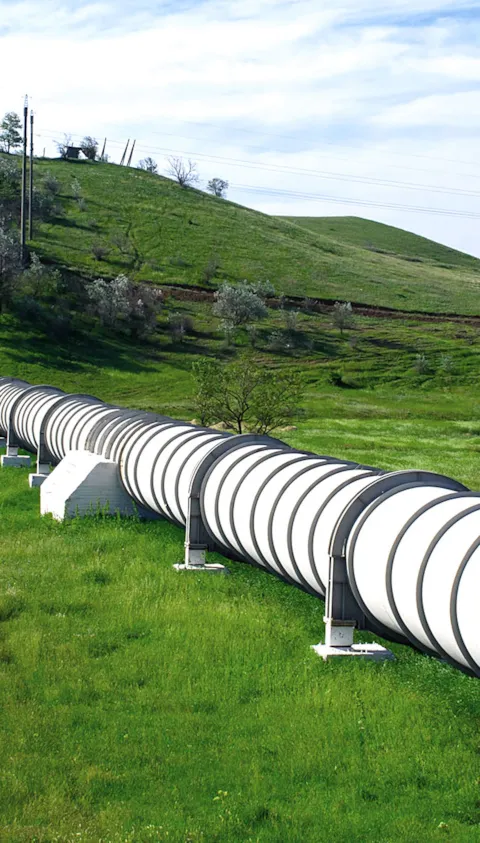
Understand the consequences of your hazards

Understand the consequences of your hazards

Understand the consequences of your hazards

Energy




Our consequence analysis solutions Phast™, KFX™ and EXSIM enable process safety professionals to understand the extent and severity of potential loss of containment scenarios involving flammable and toxic materials.
Solving a range of problems, such as designing a new vent, retrofitting blast protection to a building or specifying passive fire protection, Phast, KFX and EXSIM are applicable for a range of hazardous industries, including oil & gas, chemical, petrochemical, energy transition, and more.
The consequence analysis software is also applicable for a range of assets, including but not limited to refineries, pipelines, LNG terminals, offshore installations, transportation and storage.
Ensure the safety not only of your facility but of the people who depend on it.
Phast is a discharge, dispersion, fire, explosion and toxic modelling software using free-field empirical and Computational Fluid Dynamics (CFD) methods.
Great for:
KAMELEON FIREEX KFX® is an advanced dispersion and fire modelling software that uses complex three-dimensional (3D) geometries to perform CFD simulations.
Great for:
EXSIM is an advanced gas explosion modelling software that uses complex 3D geometries to perform CFD simulations.
Great for:
| Phast | KFX | EXSIM |
|---|---|---|
PhastDischarge, dispersion, fire, explosion, and toxic modelling |
KFXAdvanced dispersion and fire modelling involving 3D geometries and terrains |
EXSIMAdvanced explosion modelling involving 3D geometries and terrains |
| Phast | KFX | EXSIM |
|---|---|---|
PhastFree-field empirical and phenomenological models |
KFXComputational Fluid Dynamics (CFD) |
EXSIMComputational Fluid Dynamics (CFD) |
| Phast | KFX | EXSIM |
|---|---|---|
Phast
|
KFX
|
EXSIM
|
| Phast | KFX | EXSIM |
|---|---|---|
Phast
|
KFX
|
EXSIM
|
| Phast | KFX | EXSIM |
|---|---|---|
Phast
|
KFX
|
EXSIM |
| Phast | KFX | EXSIM |
|---|---|---|
Phast |
KFX |
EXSIM |
Consequence analysis is a method used to predict and understand the potential impacts of hazardous events involving flammable, toxic or explosive materials. It involves simulating scenarios such as accidental releases, fires, explosions and toxic dispersions to estimate their effects on people, property and the environment. This process supports safety assessments, emergency planning, facility design and regulatory compliance by providing data-driven insights into the risks and mitigation needs of hazardous industrial operations.
Consequence analysis is a key part of process safety management (PSM) as it quantifies potential harmful effects associated with chemical processes and operational hazards. By modelling harmful scenarios, it helps organizations design effective safety measures, optimize facility layouts, develop emergency response plans and comply with regulations. This enhances decision-making to prevent incidents and reduce their impact on personnel, assets and the environment.

Businesses can demonstrate a safe operational level and make substantial savings by reducing risk in areas that have the biggest impact with Safeti.